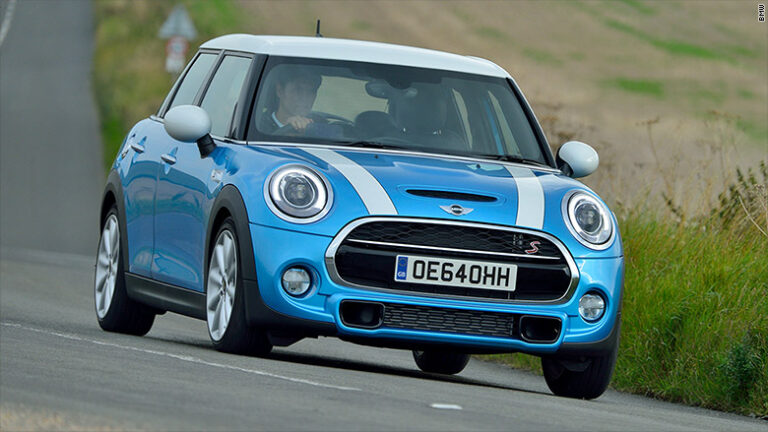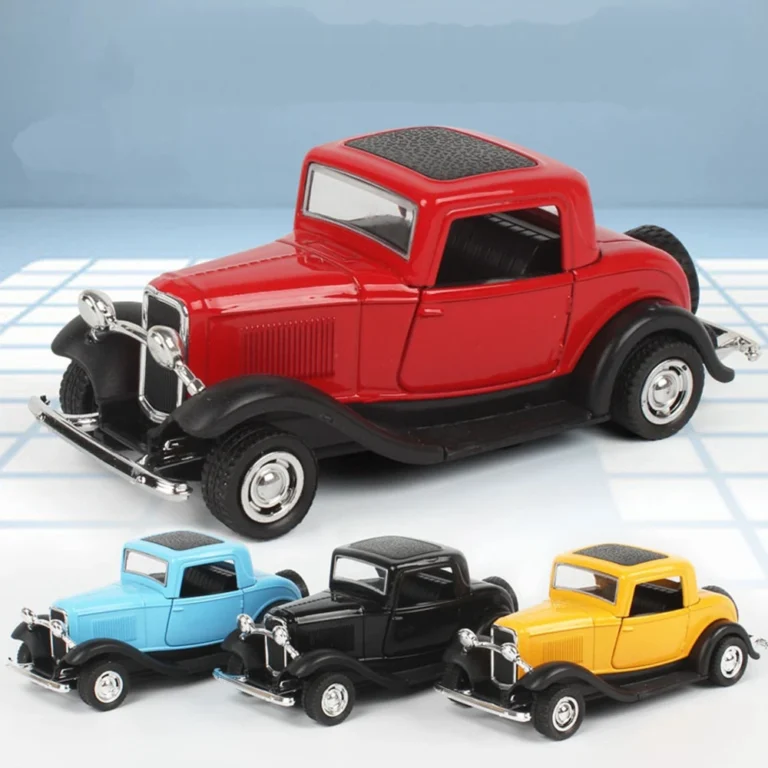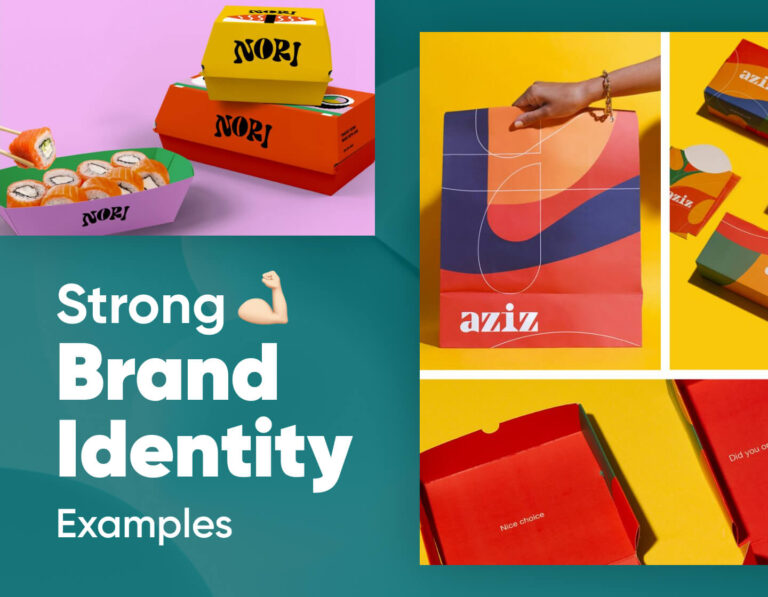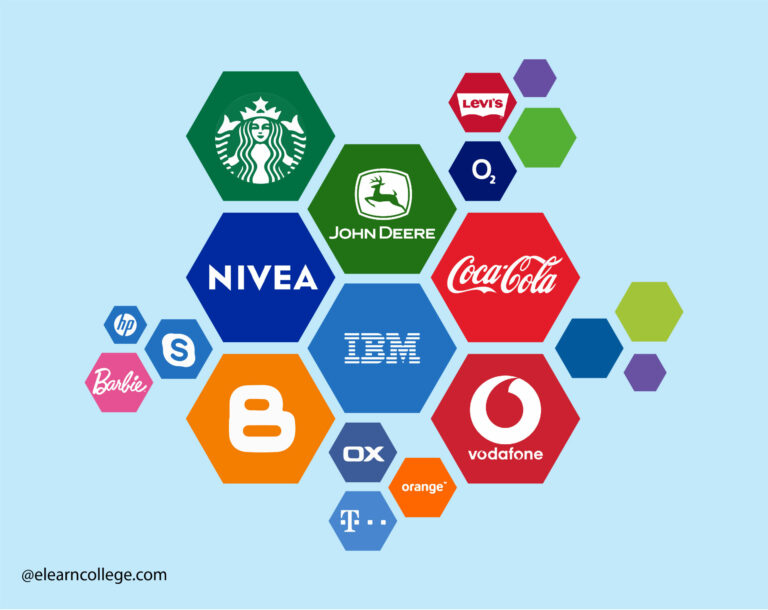Best Brand New Car Deals: Your Ultimate Guide to Driving More for Less
Best Brand New Car Deals: Your Ultimate Guide to Driving More for Less cars.truckstrend.com
Purchasing a brand new car is a significant financial decision, often representing one of the largest investments a person makes after a home. While the allure of a pristine, factory-fresh vehicle is undeniable, the price tag can be daunting. This is where the concept of "Best Brand New Car Deals" comes into play. It’s not merely about finding the lowest sticker price; it’s about strategically navigating the complex automotive market to secure a comprehensive package that maximizes your value, minimizes your outlay, and perfectly aligns with your financial goals and lifestyle needs.
Understanding and leveraging these deals can translate into savings of thousands of dollars, better financing terms, or enhanced vehicle features that might otherwise be out of reach. In a constantly evolving market influenced by inventory levels, model year changes, manufacturer incentives, and economic factors, being well-informed is your most powerful tool. This guide will equip you with the knowledge, strategies, and insights needed to identify, negotiate, and ultimately secure the best brand new car deal for you.
Best Brand New Car Deals: Your Ultimate Guide to Driving More for Less
Understanding the Landscape of New Car Deals
Before diving into specific tactics, it’s crucial to grasp the various components that constitute a "deal." A great deal isn’t just a lower price; it’s a combination of factors working in your favor.
- Manufacturer Incentives: These are promotions offered directly by the car manufacturer to stimulate sales. They can include:
- Cash Back/Rebates: A direct sum of money returned to the buyer, reducing the overall purchase price.
- Low-APR Financing: Special interest rates, often 0% or very low, offered to qualified buyers. This can save thousands in interest over the loan term.
- Lease Specials: Attractive terms for leasing, including lower monthly payments or reduced upfront costs.
- Loyalty/Conquest Bonuses: Discounts for returning customers of the same brand (loyalty) or for switching from a competitor’s brand (conquest).
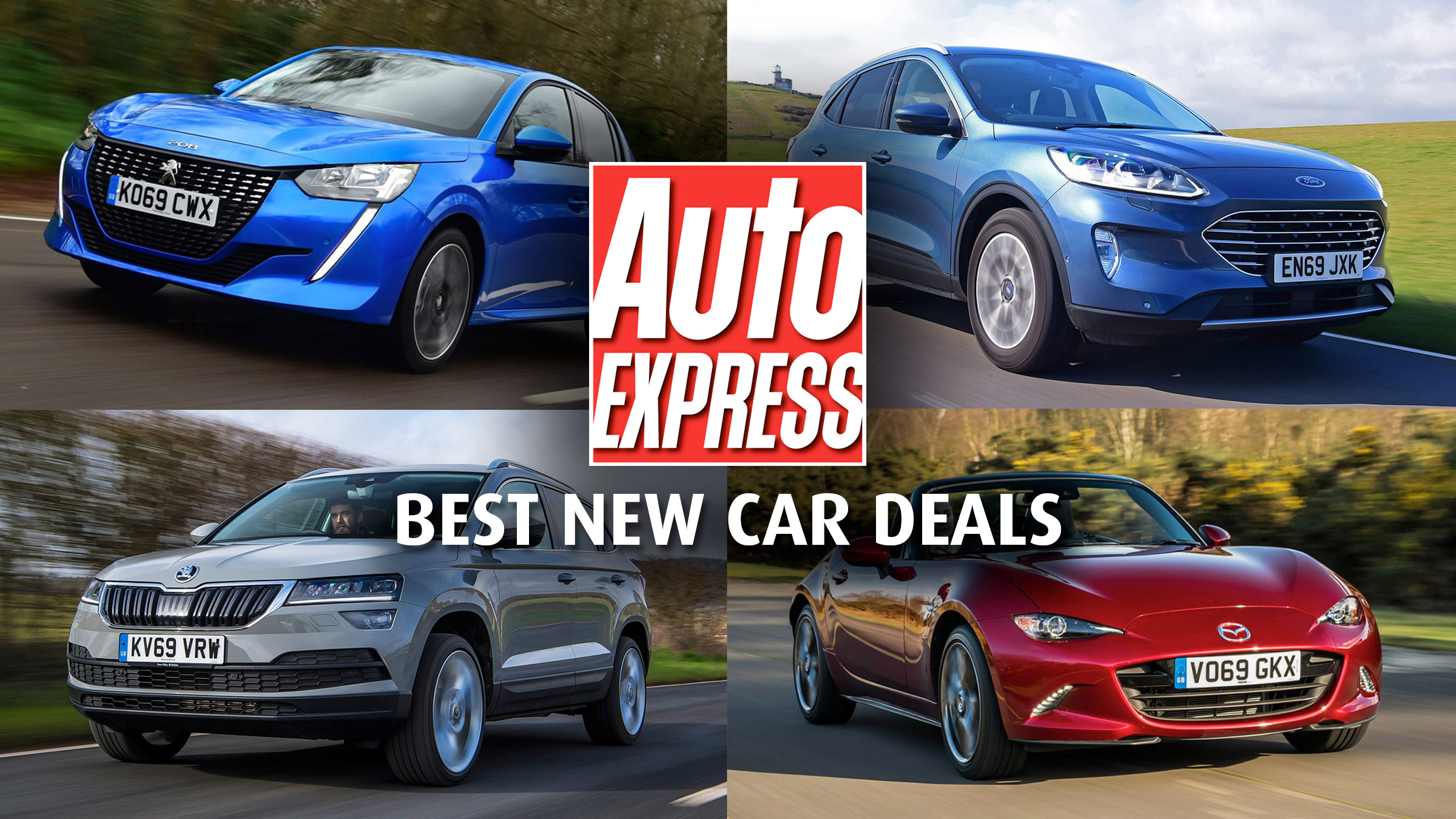
- Dealer Discounts: These are reductions in the car’s price offered by the dealership itself. They might come from:
- Negotiation: Your ability to haggle down the MSRP (Manufacturer Suggested Retail Price).
- Inventory Clearance: Dealers needing to move specific models that aren’t selling well or to make space for new inventory.
- Sales Quotas: Dealers trying to meet monthly, quarterly, or annual sales targets.
.jpg)
- Market Dynamics: External factors like supply and demand, economic conditions, and the introduction of new models significantly impact pricing and the availability of deals. High inventory of a particular model, for instance, often leads to better incentives.

Types of Brand New Car Deals and How to Spot Them
Identifying the best deals requires knowing what to look for and where.
- Model Year-End Clearances: As new model years arrive (typically in late summer/early fall), dealerships need to clear out the previous year’s inventory. These cars are mechanically identical but can be thousands cheaper.
- Benefit: Significant discounts, often combined with manufacturer incentives.
- Consideration: Limited color and trim options, and the car technically becomes "one year older" immediately in terms of depreciation.
- Holiday and Seasonal Sales Events: Major holidays like Memorial Day, Labor Day, Black Friday, and the end-of-year period (Christmas/New Year) are prime times for aggressive promotions from both manufacturers and dealers.
- Benefit: Concentrated periods of high incentives and dealer willingness to negotiate.
- Consideration: High traffic at dealerships, potentially less individual attention.
- Specific Model Incentives: Manufacturers often offer substantial incentives on models that are:
- Being Redesigned/Discontinued: To clear out old stock before a new generation arrives or a model is phased out.
- Slow Sellers: Models that haven’t met sales expectations.
- Overstocked: When production has outpaced demand.
- Benefit: Deep discounts on specific vehicles.
- Consideration: The model might not be your top choice, or you might prefer the redesigned version.
- Low APR Financing Offers: For buyers with excellent credit, 0% or very low APR offers can be incredibly valuable, saving more money than a cash rebate on a long-term loan.
- Benefit: Substantial savings on interest over the life of the loan.
- Consideration: Usually requires top-tier credit, and sometimes cannot be combined with cash rebates.
- Lease Specials: While buying, not leasing, is the focus here, sometimes a lease special can indicate a general willingness by the manufacturer to move a particular model, which might translate to better purchase deals too.
- Benefit: Low monthly payments, potentially lower upfront costs for leasing.
- Consideration: Not applicable if you plan to buy, but can be a signpost for other deals.
The Best Time to Buy a New Car
Timing is everything when hunting for a deal.
- End of the Month/Quarter/Year: Salespeople and dealerships have quotas to meet. As these deadlines approach, they are often more motivated to close deals, even if it means thinner margins. The last few days of December are particularly potent due to both annual quotas and model year-end clearances.
- Before a New Model Arrives: When a refreshed or redesigned model is about to hit showrooms, the outgoing model year will see significant price reductions to clear inventory.
- Specific Holiday Weekends: As mentioned, Memorial Day, Labor Day, Black Friday, and New Year’s Day sales events are reliable sources of good deals.
- When Inventory is High: Keep an eye on automotive news for reports of overstocked models or brands. High supply typically leads to lower prices.
Mastering the Art of Negotiation
Even with incentives, negotiation is still paramount.
- Do Your Homework:
- Know the MSRP: This is the sticker price.
- Research the Invoice Price: This is what the dealer supposedly paid the manufacturer. While not the true dealer cost (which includes holdbacks, advertising allowances, etc.), it’s a good starting point for negotiation. Websites like Edmunds, TrueCar, and Kelley Blue Book provide this.
- Check Current Incentives: Know all manufacturer rebates and low-APR offers available for the specific model you want.
- Get Multiple Quotes: Contact several dealerships (even out of town) for their best "out-the-door" price. Use these quotes to leverage better deals.
- Separate the Negotiations: Never discuss your trade-in or financing until you’ve settled on the price of the new car. Dealers often use these elements to confuse the buyer and hide profits.
- Focus on the Out-the-Door Price: This includes all fees, taxes, and the vehicle price. It’s the true cost. Don’t just focus on the monthly payment, as a longer loan term can make a higher price seem affordable.
- Be Prepared to Walk Away: This is your strongest leverage. If you don’t feel you’re getting a fair deal, politely leave. Often, the dealer will call you back with a better offer.
- Don’t Be Afraid to Ask for More: After agreeing on a price, you can still ask for small perks like floor mats, a full tank of gas, or a free oil change.
- Read the Fine Print: Before signing anything, carefully review every line of the purchase agreement. Look for hidden fees, unnecessary add-ons, or discrepancies.
Crucial Considerations Beyond the Price Tag
A "deal" is only good if it fits your overall financial picture.
- Financing:
- Get Pre-Approved: Before stepping into a dealership, get pre-approved for a loan from your bank or credit union. This gives you a benchmark rate and strengthens your negotiating position.
- Understand APR vs. Total Interest: A low monthly payment might hide a long loan term and significant total interest paid. Calculate the total cost over the loan’s life.
- Trade-in Value: Research your current car’s market value using KBB or Edmunds. Consider selling it privately if you want to maximize its value, as dealers typically offer less.
- Total Cost of Ownership (TCO): Beyond the purchase price, consider:
- Insurance: Get quotes before buying. Some cars are significantly more expensive to insure.
- Fuel Efficiency: Higher MPG saves money over time.
- Maintenance & Repairs: Research reliability and typical maintenance costs for the model.
- Depreciation: Some cars hold their value better than others.
- Hidden Fees: Be vigilant about "documentation fees," "dealer prep," "market adjustments," and unwanted add-ons (like paint protection or extended warranties) that inflate the price. Always question and negotiate these.
- Warranty: Understand the factory warranty coverage and duration. Be wary of pressure to buy extended warranties, as third-party options might be cheaper and more comprehensive.
Table of Best Brand New Car Deals: Types and Potential Savings
This table illustrates common types of deals and the potential savings they offer. Note: Actual savings vary widely based on vehicle, location, time of year, and negotiation skill.
| Type of Deal | Description | Typical Scenario | Estimated Savings Range | Key Considerations |
|---|---|---|---|---|
| Manufacturer Cash Back | Direct rebate from the automaker, reducing the purchase price. | High inventory, end of model year, slow-selling models. | $1,000 – $5,000+ | May not combine with low APR offers. Direct cash back vs. applied to loan. |
| Low APR Financing | Special interest rates (e.g., 0% or 0.9%) offered by the manufacturer. | For buyers with excellent credit (720+ FICO). | $500 – $4,000+ (over loan) | Requires top-tier credit. May not combine with cash back. Total interest saved depends on loan amount/term. |
| Model Year End Clearance | Discounts on outgoing model year vehicles to make way for new inventory. | Late summer to end of year (August-December). | $2,000 – $7,000+ | Limited color/trim options. Car technically "older" sooner for depreciation. |
| Dealer Negotiated Discount | Reduction from MSRP achieved through negotiation with the dealership. | End of month/quarter/year, slow-moving units, competitive market. | $500 – $4,000+ (off MSRP) | Requires strong negotiation skills and research. Can be combined with manufacturer incentives. |
| Loyalty/Conquest Bonus | Incentive for current owners of the same brand (loyalty) or switching from a competitor (conquest). | Specific models, often tied to lease/finance programs. | $500 – $2,000 | Must meet specific eligibility criteria. Check if stackable with other offers. |
| Holiday Sales Events | Aggressive promotions from manufacturers and dealers during major holidays. | Memorial Day, Labor Day, Black Friday, Year-End. | $1,500 – $6,000+ (combined) | Higher dealership traffic. Best deals often require quick decision-making. |
| Factory-to-Dealer Incentives | Rebates given directly to the dealer to help move specific units. | Less transparent to consumer, but enables dealer to offer bigger discounts. | Varies, often reflected in lower dealer price. | You won’t see this advertised, but it’s why dealers can sometimes go below "invoice." |
Frequently Asked Questions (FAQ) about Best Brand New Car Deals
Q1: When is truly the best time to buy a new car?
A1: Generally, the last few days of the month, quarter, and especially the end of the year (December) are ideal. Also, look for deals when new model years are released (usually late summer/early fall), as dealerships clear out the previous year’s inventory.
Q2: Should I focus on a cash rebate or low-APR financing?
A2: It depends on the amount of the rebate, the interest rate of the low-APR offer, and how long you plan to finance. For example, a $3,000 cash rebate might be better than 0% APR on a short loan, but 0% APR on a $40,000 loan over 60 months could save you far more in interest than a $3,000 rebate. Calculate both scenarios for your specific situation.
Q3: How much can I realistically negotiate off the MSRP?
A3: This varies greatly by vehicle popularity, demand, and existing incentives. For popular models, 3-7% off MSRP is a good target. For less popular or outgoing models, 10-15% or even more off MSRP is achievable, especially when combined with manufacturer incentives. Always aim to negotiate from the invoice price, not MSRP.
Q4: What’s the difference between MSRP and invoice price?
A4: MSRP (Manufacturer Suggested Retail Price) is the sticker price – what the manufacturer recommends the dealer sell the car for. The invoice price is what the dealer pays the manufacturer for the car. Dealers typically pay less than invoice due to holdbacks and other incentives, so they can still make a profit selling below invoice.
Q5: Are extended warranties worth it?
A5: It depends on your risk tolerance and the car’s reliability. Factory warranties are usually sufficient for the first few years. If you plan to keep the car for a long time, consider an extended warranty, but research third-party providers as they often offer better coverage and prices than dealer-offered ones. Never feel pressured to buy one at the time of sale.
Q6: Should I tell the dealer I have a trade-in upfront?
A6: It’s generally advised to keep your trade-in and financing separate from the new car negotiation. First, agree on the lowest possible price for the new car. Once that’s settled, then discuss your trade-in. This prevents the dealer from shifting profits between the two transactions.
Conclusion: Empowering Your Purchase Journey
Securing the "Best Brand New Car Deals" is an art and a science, blending diligent research with confident negotiation. It’s not about being aggressive, but about being informed, patient, and prepared. By understanding the various types of deals available, timing your purchase strategically, mastering negotiation tactics, and considering all aspects of ownership beyond the initial price tag, you empower yourself to make a decision that is not only financially sound but also perfectly suited to your needs.
Remember, the "best" deal is subjective – it’s the one that best fits your budget, lifestyle, and priorities. With the insights provided in this guide, you are well-equipped to navigate the complexities of car buying and drive away with confidence, knowing you’ve truly maximized your value. Happy hunting!

